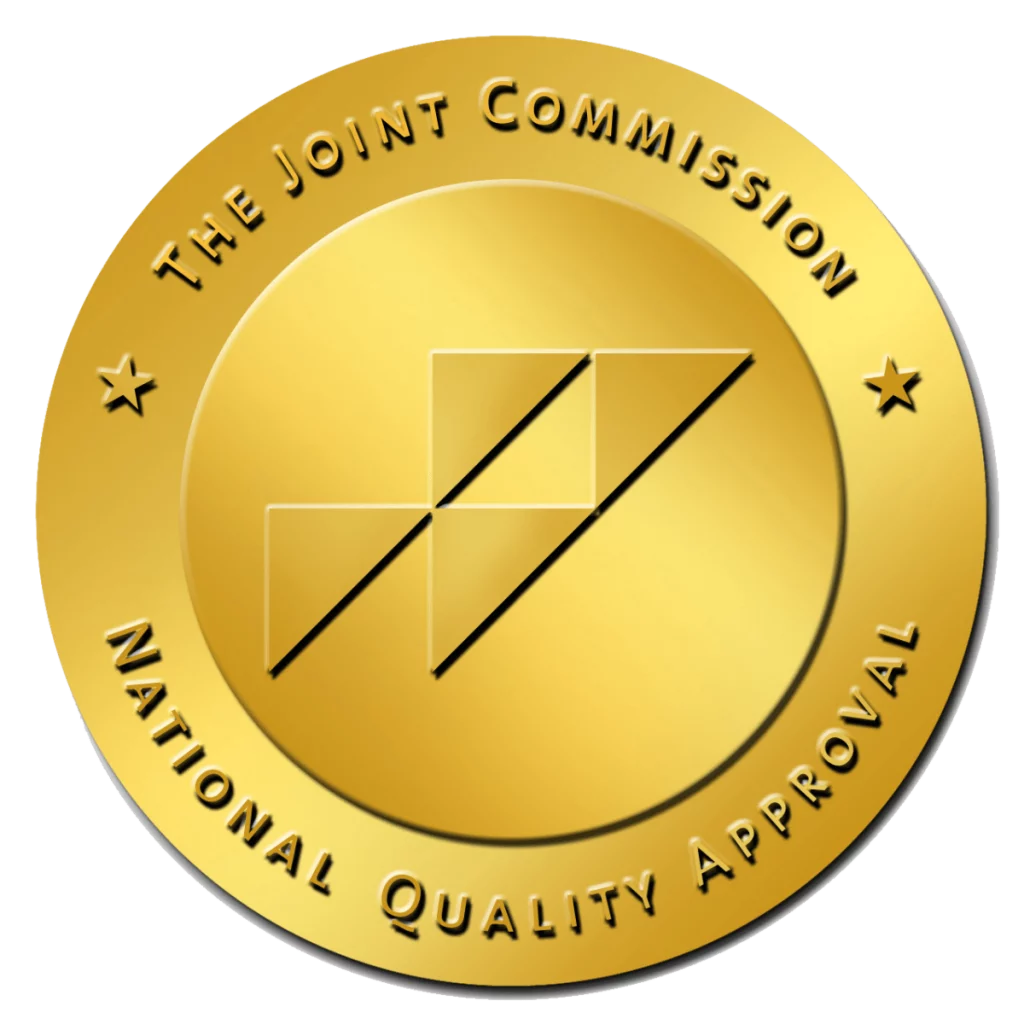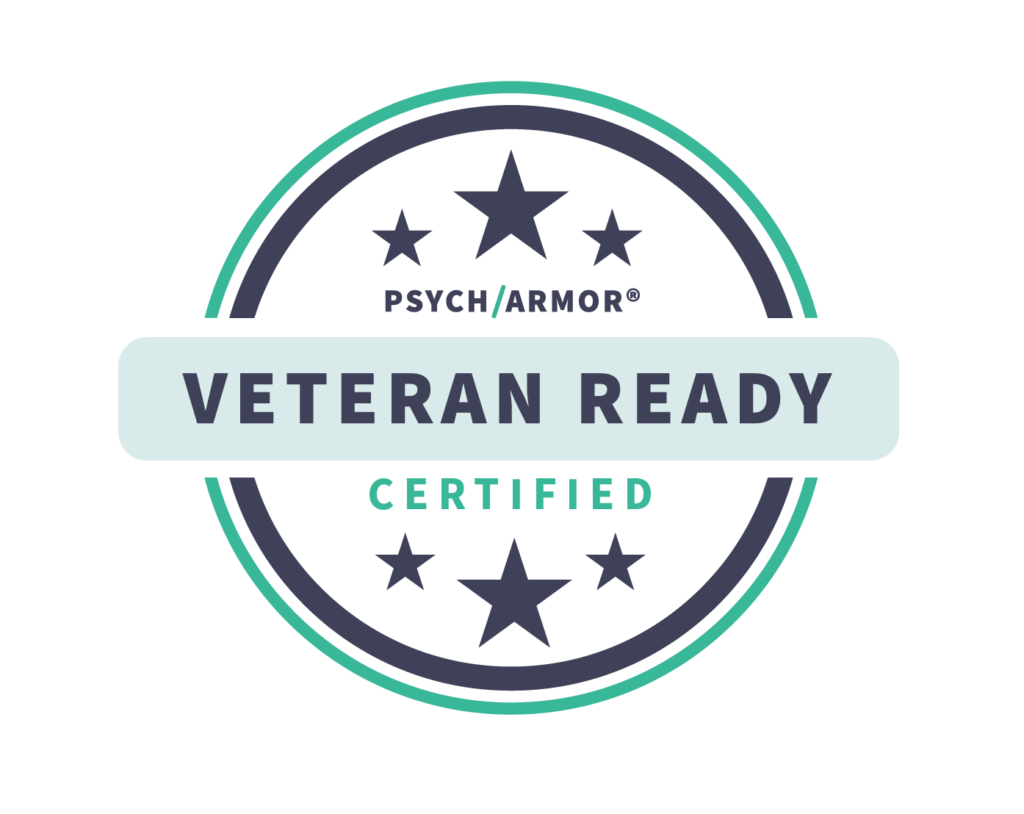In previous blog entries, we have examined various kinds of therapy. Different individuals in different situations benefit from different approaches to therapy. Many people benefit from cognitive behavioral therapy (CBT), for example. Others see improvement by participating in recreational therapy. Still others get benefits from narrative therapy. And in some cases, family systems therapy can make a huge difference in the lives of an entire family unit.
In this entry, we want to take a look at color therapy (sometimes known by the fancier name “chromotherapy”). Color therapy employs different colors to address an array of mental health—and mental health adjacent—issues including anxiety, depression, stress, sleep problems.
That sounds promising, right?
Acknowledging that it sounds like this type of therapy could be helpful, the next question is this: Is there good evidence that color therapy is effective?
Let’s take a look at all the pretty colors and the theories underpinning chromotherapy.
Not Yet a Mainstream Approach
For the time being, color therapy is considered an alternative treatment approach for mental health disorders. Research is ongoing—and that research may provide support for the idea that colors can have an impact on our mental health. Or, the research may eventually suggest that color therapy is not particularly useful. Or, the research may lead to new or different questions about using colors as part of mental health treatment.
So the jury may still be out on some aspects of color therapy, but its status as an alternative approach to therapy decidedly does not mean there is no evidence in its favor. In fact, folks have been thinking about the connection between colors, moods, and well-being literally for centuries. “Color was used in ancient Egypt, China, and Greece,” reports a WebMD article about color psychology, “to evoke emotions, aid in spiritual practices, and treat a variety of conditions.”
It is interesting to note that the use of color to impact mood was so widespread and took hold in such disparate cultures.
More Modern Examples of Colors in Action
Of course, practices from the ancient world—no matter how common—do not necessarily hold up in light of more modern evidence. But when it comes to the ways in which colors can have an impact on us, many modern-day marketers are pretty convinced that various hues can help them entice consumers.
Take, for example, the colors red and yellow. Have you ever noticed just how many fast food restaurants use these colors in their logos and in their store designs? One marketing agency lays out why that is the case:
Research has shown that certain shades of red can energize people. It is known to speed up heart rate and increase blood flow. When blood flow is increased to the digestive system, it can trigger your metabolism, which can also have the effect of jump-starting appetite. … Known as a cheery, stimulating color, yellow makes us feel good, and puts us in a good mood. It’s also been known to increase appetite, encouraging people to eat more. It’s another color used extensively in logo design for food outlets. … [Red and yellow] make us feel good, particularly when we’re eating. So when we see them, we are reminded we felt good when we were eating, and the cycle perpetuates itself.
Notice how much of that language is about manipulation of mood. If people trying to sell us things can use color to nudge our moods one way or another, it seems reasonable to conclude that the effects of colors could be helpful in therapeutic settings as well.
Improved Mental Health is a Color that Looks Good on You
When you are struggling with a mental health disorder—whether it is one of the various forms of depression, anxiety or a panic disorder, or a disorder based in traumatic experiences you have had—it can seem like the whole world is gray. Improving your mental health can bring the color back into your day-to-day experience.
At Peak View Behavioral Health in Colorado Springs, CO, we offer personalized treatment programs because we know that each individual has unique needs. You can count on our evidence-based approach as well as our expertise and experience. And we are committed to empathy—meaning we will always treat you as a person rather than as a problem to be solved. When you are ready to address your mental health difficulties, we are ready to help.










